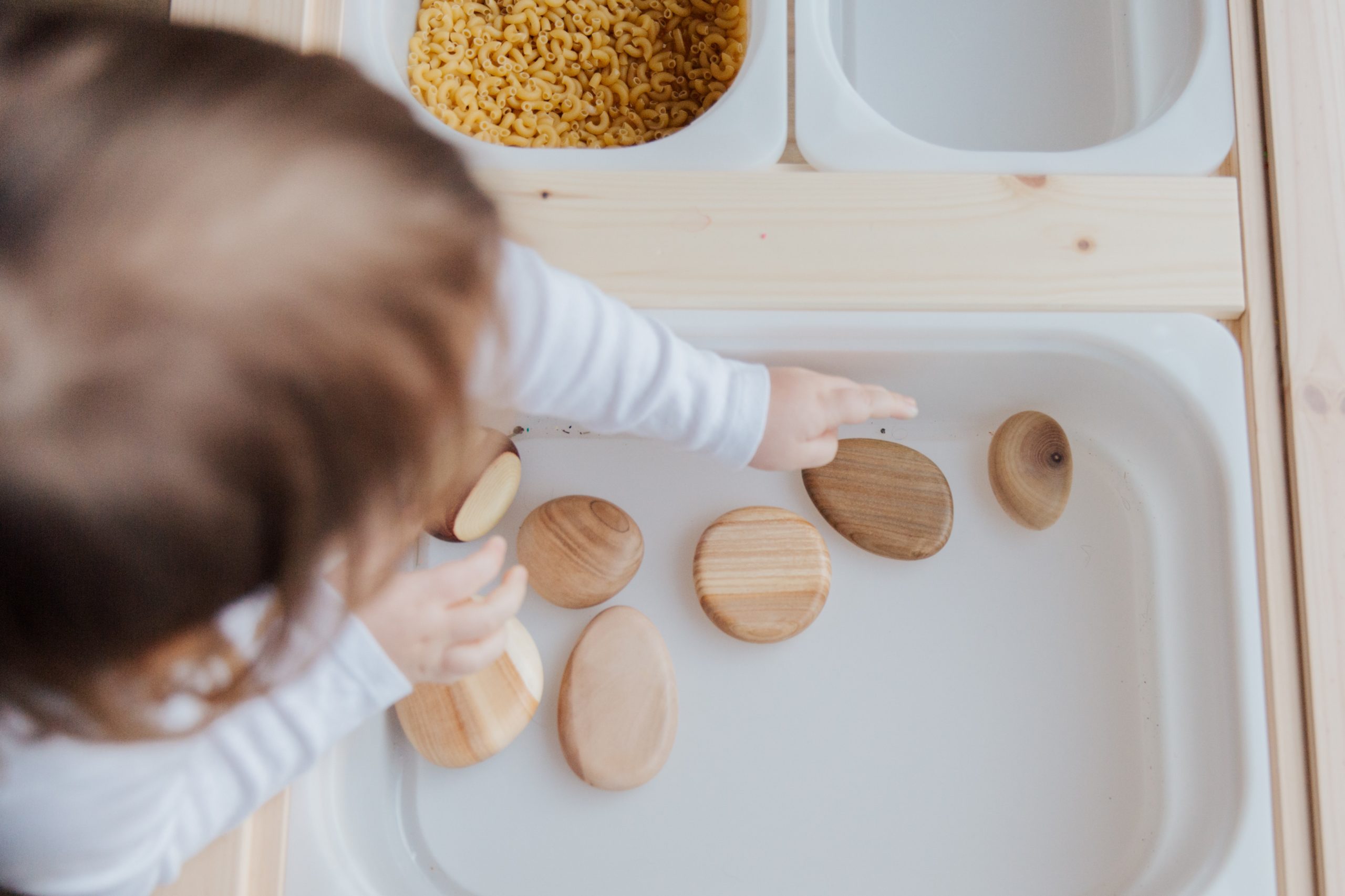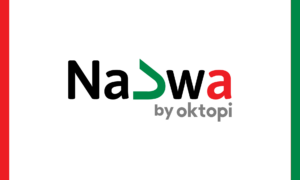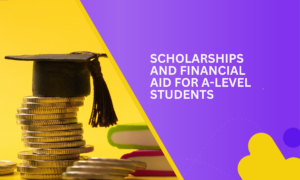Developed by Maria Montessori, one of the first female physicists in Italy, the Montessori pedagogy is an alternative education method based on self-confidence, autonomy, experimentation, and gentle learning. Its objectives are to promote the child’s development, the awakening of their senses, and their opening to the world, while respecting their rhythm of learning and their centers of interest.
Who is Maria Montessori?
It all began in 1899: Maria Montessori, a doctor and activist for the recognition of the rights of children, focused her research on children with a mental deficiency or carriers of mental disorders, whom she encountered in asylums and psychiatric clinics. For several years, she studied their behaviors, sense of observation, and atypicalities and brought to light several educational principles that seemed to be adapted to these children. At the same time, she trained several educators in what was called at the time “the observation and education of feeble-minded children” and succeeded in helping these children learn to read, write, and even take exams. In 1901, she was fully convinced that her methods could be applied to all types of children. In 1907, she opened her first school in Rome where the Montessori method was born.
How does the Montessori method work?
Montessori identified different sensitive periods in children, which are moments during which the child will be most likely to develop a type of skill. There are eleven sensitive periods that occur from birth through the age of six:
– Order (2 to 3.5 years old)
Development of a desire for order and a need of an established routine, an ordered environment, and some ground rules.
– Movement (0 to 6 years old)
The coordination of movements such as grasping. touching, turning, balancing, crawling and walking.
– The gripping of small objects (1 to 4 years old)
– Grace and courtesy (2 to 6 years old)
Imitation of polite and considerate behavior, leading to the internalization of these qualities into the personailty.
– Refinement of the senses (2 to 6 years old)
Development of sensorial experiences such as taste, sound, touch, smell, and weight.
– Language (7 months to 3 years old)
Use of words to communicate: a progression from babbling to words to phrases to sentences.
– Writing (3.5 to 4.5 years old)
– Reading (4.5 to 5.5 years old)
– Spatial relationships (4 to 6 years old)
Forming impressions about relationships in space: the design of familiar places, the ability to find the way around the neighborhood, and the ability to work complex puzzles.
– Music (2 to 6 years old)
Spontaneous interest in music, and the development of pitch, rhythm, and melody.
– Mathematics (0 to 6 years old)
Formation of the concepts of quantity and operations.
Education takes place based on these sensitive periods, and hence there are 3 key differences between Montessori schools and traditional schools:
Freedom is at the center of education
Unlike traditional schools, Montessori schools favor individual activities rather than collective activities. In a Montessori school, the child chooses the material they want to learn. The notion of freedom is therefore at the center of education. It is considered that the child chooses a learning material because they are in a “sensitive period” favorable to this teaching.
In the classroom, the specifically trained educator is called a “guide” because their role is different from that of an instructor of National Education. They are experienced in observing a child’s characteristics, tendencies, innate talents, and abilities. They offer the learners a choice of activities, and once the child has understood how the equipment works, the guide remains behind in order to leave the child autonomous in their exploration: the child’s rhythms are respected and no activity is imposed on them. The child goes naturally towards the activity which suits them according to their own evolution.
Classrooms are mixed-age
Unlike traditional schools where children of the same age are grouped together, in a Montessori school children are usually placed in mixed-aged classrooms with other learners generally divided into three-year groups (e.g., 3-6 year olds, 6-9 year-olds). The classroom is perceived as an educational “prepared environment”, which functions to help and allow the child to develop independence in all areas according to their inner psychological directives.
Use of learning materials
The specialized educational materials are often made out of natural, aesthetic materials such as wood, rather than plastic, are organized by subject area, are accessible to children, and are appropriately sized. The materials are also limited so that only materials that support the children’s development are included.
Maria Montessori believed that children were the future, and that listening to their needs, empowering them, and giving them the freedom and the confidence they need to thrive could change the world. In the book she wrote in 1949 called “The Absorbent Mind”, she reminds us that:
“The child is endowed with unknown powers, which can guide us to a radiant future. If what we really want is a new world, then education must take as its aim the development of these hidden possibilities.”












